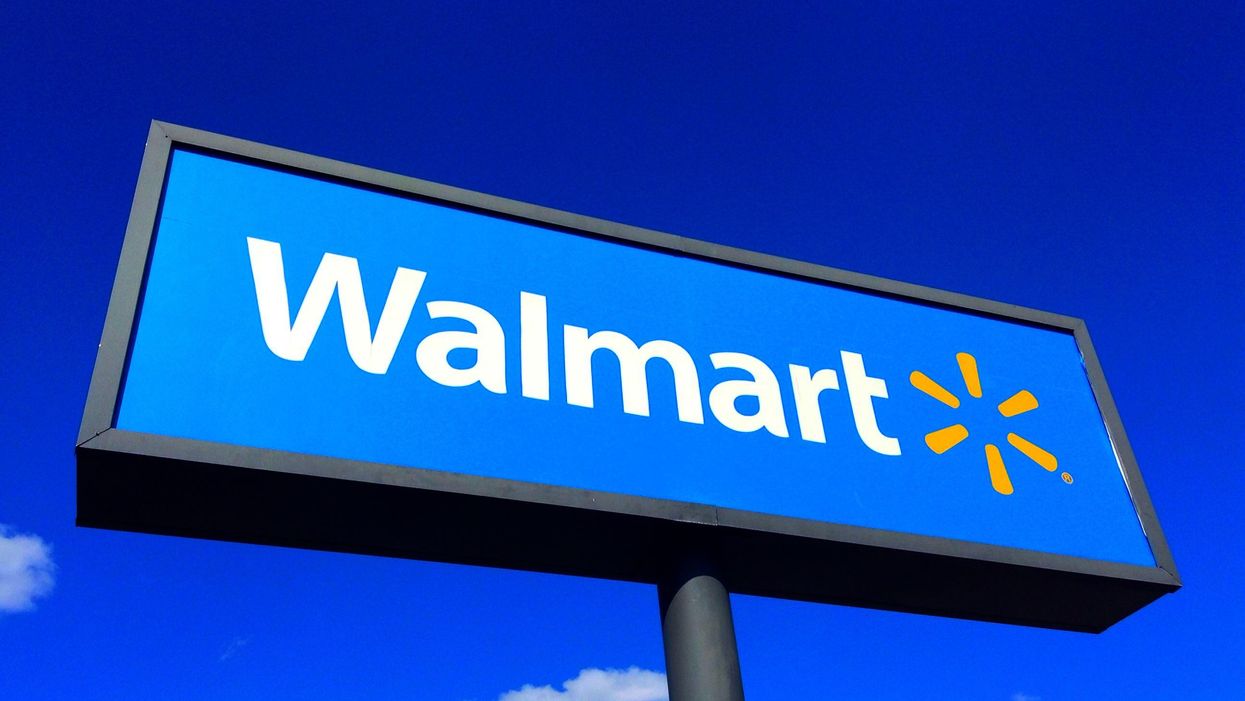Welcome to Data File. In this weekly feature, The Current shares key findings shaping the ecommerce landscape. At The Current, we comb industry, analyst and economic sources for the data that matters to ecommerce professionals, and include it throughout our work. This feature is one of the ways we’re sharing what we find.
This week, a report from ecommerce platform Jungle Scout has new data that fills in the profile of ecommerce sellers using Walmart Marketplace. Here's a quick breakdown of the takeaways:
Walmart's third-party marketplace is adding thousands of sellers.
Combining its massive scale with digital capabilities, Walmart’s ecommerce business grew 90% over the two years of the pandemic, the company said in February. During that time, it also emerged as the retailer with the second-largest share of ecommerce sales in the US, per eMarketer.
Alongside selling items directly, a growing piece of Walmart's ecommerce business is its third-party marketplace, where the company expects to add 40,000 new sellers in 2022. After launching in 2009, Walmart Marketplace was opened up to a new wave of sellers in 2020. With free two-day shipping in place, the retailer also launched Walmart Fulfillment Services in 2020, providing marketplace sellers and others with access to the company’s supply chain and logistics network.
Walmart Marketplace sellers run profitable businesses.
In the wider picture of ecommerce, Walmart Marketplace is an emerging force, states Jungle Scout’s State of the Walmart Seller 2022 report. Walmart’s shopper-to-seller ratio is 1,918-to-1. Compare that to Amazon, where it is 48-to-1. This offers opportunity for brands.
“With relatively fewer sellers than other popular ecommerce platforms, fewer fees, and access to Walmart’s global supply chain logistics, Walmart’s third-party platform offers convenience and a large, loyal customer base with less congestion or competition than other ecommerce channels,” the report states.
Most of the sellers opting for the channel aren't on Walmart Marketplace alone. In its report, titled State of the Walmart Seller 2022, Jungle Scout shares that 97% of Walmart Marketplace sellers are on at least one other platform.
Where Walmart Marketplace is involved, profitable businesses typically follow. The study found that 95% of small-and-medium-sized sellers on the marketplace have profitable ecommerce businesses, while 73% of sellers have profit margins above 20%.
Beauty and crafts are the most popular categories.
When considering selling on any new channel, it’s important to evaluate what categories perform well on a given platform. In the case of Walmart’s ecommerce channel overall, the study found that automotive parts and accessories, electronics and fitness supplies were especially strong when comparing the most popular categories for online and in-store purchases.
Among small-and-medium-sized sellers on Walmart Marketplace, the top categories are beauty and personal care and arts, crafts and sewing, with apparel and home goods not far behind.
The report indicates that Walmart Marketplace can play a key role in a multichannel strategy.
"Walmart's online business is becoming a more significant player, even alongside more established platforms. Walmart's massive online growth presents an attractive proposition for ecommerce sellers looking to diversify their strategies," said Greg Mercer, Founder and CEO of Jungle Scout, in a statement.
Take a look at the visualization below for more data:

(Handout image by Jungle Scout)
Related Articles Around the Web













